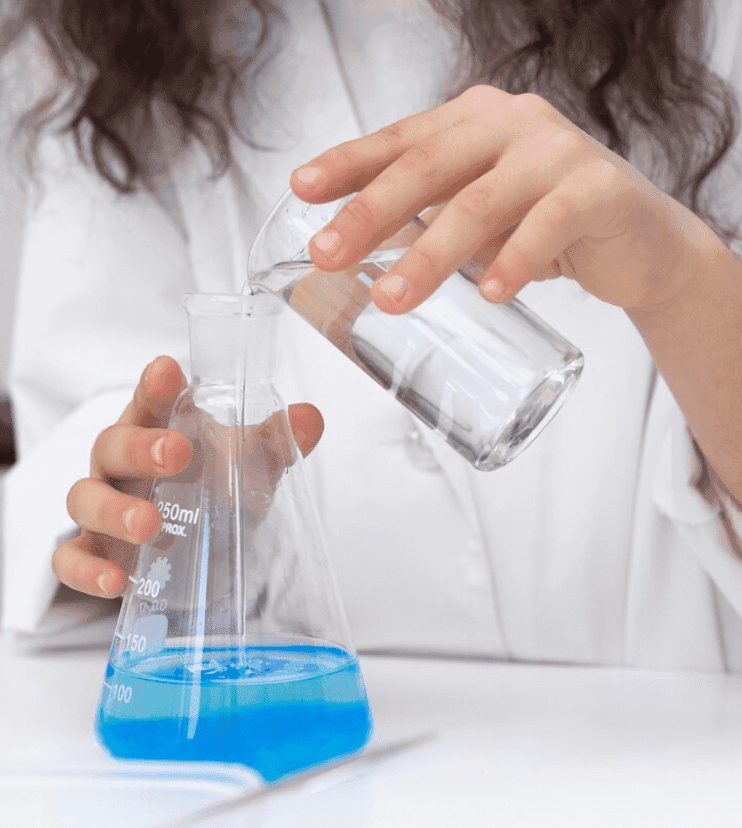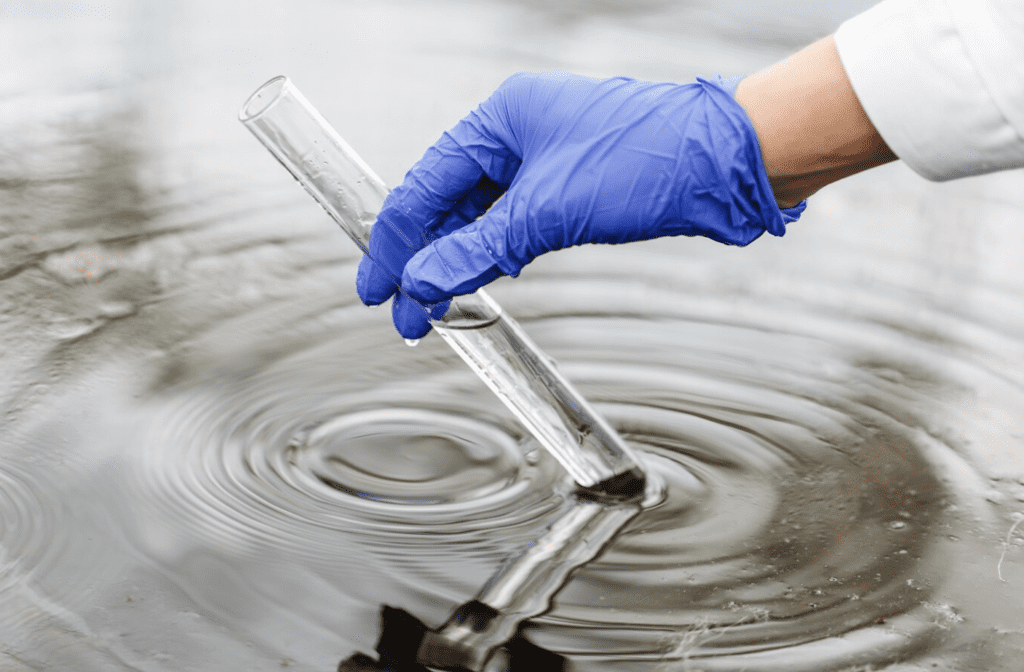
INTRODUCTION:
In Australia, fluoride is regularly added to tap water systems to prevent tooth decay, but it also raises concern for some people for various reasons. While Health authorities believe fluoridation is safe, it can contribute to dental fluorosis in children, thyroid disorders, and some reports point towards neurological effects of excess fluoride consumption. If what would be the best option for you to manage fluoride consumption it is simply obtaining knowledge on How to Get Rid of Fluoride in Tap Water?
There are many ways to remove fluoride, depending on how much you want to manage, such as a reverse osmosis unit insert activated charcoal, as well as removing fluoride naturally with natural methods, through bone charcoal filters, that some water purification systems use, and filters and purification units operate through porous clay minerals. This blog is going to detail why fluoride is present in water systems, what health risks are actionable, and lastly, the best methods to remove it.
Table of Contents
Why Is Fluoride Added to Tap Water?
As a way of protecting the public from tooth decay, fluoride has long been added to tap water for public health reasons. In Australia, fluoridation has a long history and remains supported by important public health organizations. Many citizens worry about the levels of fluoride they may consume and the impact that has on health. Learning to remove fluoride from tap water is helpful to people who would like to limit their fluoride intake. Removing fluoride from tap water can include those who want to limit their fluoride intake daily, activists that want a healthier way to have a little extra fluoride, or use no fluoride.
Does Boiling Water Remove Fluoride?
A lot of people believe that boiling water will scrub fluoride from drinking water, but this is false. When you boil water, the fluoride concentration can actually increase as the water evaporates into steam, leaving the fluoride behind. To remove fluoride from tap water, you will need an actual filtration or purification system. Learning how to remove fluoride from tap water is important to anyone who wants to remove unneeded chemicals and additives from their drinking water.
Health Concerns Related to Fluoride in Tap Water
There are those among us who believe that excessive exposure to fluoride can have adverse effects on one’s health in the form of dental fluorosis, thyroid dysfunction, and possible neurological effects. And while regulatory bodies are adamant that fluoride exposure through drinking water at recommended levels poses no risk, the topic is still up for debate in regards to its long-term exposure. Many Australians choose to filter fluoride out of their tap water as a precautionary step, taking matters of fluoride exposure into their own hands.
Effective Methods to Remove Fluoride from Tap Water:
1. Reverse Osmosis Filtration:
Reverse osmosis (RO) is one of the best ways to remove fluoride from tap water. In a reverse osmosis process, water is pushed through a semipermeable filtration membrane, eliminating up to 99% of fluoride and other contaminants. Many Australian households elect to install under-sink reverse osmosis systems, while others use countertop reverse osmosis units to obtain clean, fluoride-free drinking water. For the removal of fluoride, reverse osmosis systems are highly recommended because they remove fluoride and contaminants to improve overall drinking water quality. Reverse osmosis systems will also remove chlorine, lead, and other contaminants to provide a standard of purified water suitable for drinking and cooking.
2. Activated Alumina Filters:
Activated alumina is generally a highly porous material that has fluoride removal capabilities from water. Activated alumina can be found in industrial to home-use products, however, regular maintenance and replacement are required for efficacy in fluoride removal. If you need a low-cost option to remove fluoride from your tap water, then activated alumina filters are a very effective and popular choice for Australians who want fluoride-free water. These types of filters work very well to remove fluoride from tap water; however, they need some things to be performed better, such as management of pH in the water they are treating.
3. Distillation:
Water distillers eliminate fluoride efficiently and should eliminate the worry about fluoride in your water. The distillation process consists of boiling your water, capturing the steam, and leaving everything behind. Distilled water is a reliable method for getting high purity water, but it can take longer than other methods to accomplish and may not be practical for a daily routine. Water distillers may be best for those requiring fluoride-free water for drinking/cooking purposes. The distillation method is a proven fluoride removal method, providing fluoride-free tap water and (purified) when used to distill tap water first. While distilled water is lacking in essential trace minerals, many people choose to remineralize it before drinking it or using it for cooking.
4. Bone Char Carbon Filters
Bone char carbon filters are another useful way to remove fluoride from tap water. These filters utilize charred animal bones to absorb fluoride and other contaminants from the water. Though not as popular as reverse osmosis systems, bone char carbon filters offer a natural way of filtering water. Bone char carbon filters are simply a natural way to absorb and remove fluoride from tap water and are preferred by many households throughout Australia. This method of filtration has been used for many centuries and still offers an eco-friendly solution for filtering and removing fluoride.
5. Deionization
Deionization, or ion-exchange filtration, works by exchanging fluoride ions with other non-harmful ions, which is able to remove fluoride, but is not as effective as reverse osmosis, although it can be used in combination with other filtration systems. Deionization is predominantly used in industrial applications but can be repurposed for home use if you intend to filter fluoride out of drinking water properly.
6. Spring or Bottled Water Alternatives
If you’re not inclined to go down the road of having a filtration system, buying spring water or bottled water that is fluoride-free is an option too, likely one that you will consider. However, this method—while possibly sufficient—can become expensive and isn’t necessarily eco-friendly. Many Australians looking to eliminate fluoride from their concepts is to drink bottled water, since they are not wanting to install a home filtration system. Careful! Not all bottled waters do not contain fluoride, so be careful to always check the label.

How to Choose the Right Fluoride Removal Method?
If you are contemplating getting rid of fluoride, here are some things to think about:
- Cost: While activated alumina filters tend to be inexpensive, reverse osmosis systems and distillers are not typically.
- Maintenance: Some systems require some level of regular maintenance and replacement filters.
- Effectiveness: While both reverse osmosis and distillation typically remove 99%+ of fluoride, the efficacy of the others may vary.
- Environmental Impact: Bottled products create more plastic waste, while filters are more sustainable.
Fluoride-Free Water: Pros and Cons
Pros:
- Lowers possible health risks associated with excessive exposure to fluoride
- Provides an improved taste for those who are sensitive to fluoride
- Allows each person to manage and control their exposure to fluoride
- Offers a healthier choice for people concerned about the long-term health effects of fluoride
- Removes other contaminants in addition to fluoride, depending on the filtration technology used
Cons:
- Requires a capital investment in filtration technology
- The use of techniques like distilling might take time
- Elimination of fluoride can increase risks for tooth decay if not made up from other sources
- Removal of flue might require ongoing maintenance and filter replacement cost
- Some filtration means can eliminate beneficial minerals in addition to fluoride, meaning re-mineralization
Final Thoughts
If you are worried about fluoride in your tap water, there are many effective ways you can remove fluoride. Some examples of effective methods to lower fluoride levels include using a reverse osmosis system, an activated alumina filter, or simply distilling the water. As Australia works through the concerns of communities about fluoride use as well, you will be able to implement ways to purify your drinking water and have a means to drink better water for you and your family. Reducing fluoride levels in your tap water is an important consideration if you are looking for a cleaner, healthier potential drinking option with less chemical potential.
_edited_9.png)